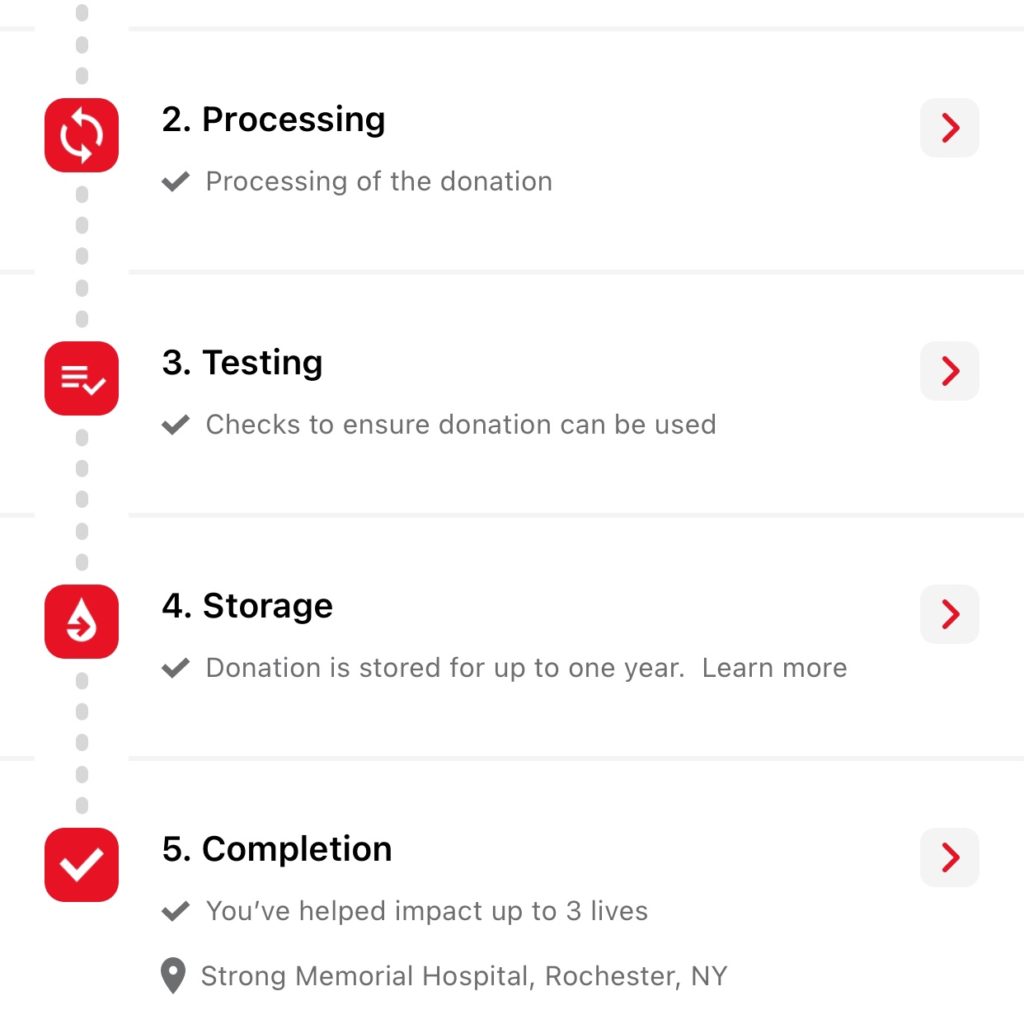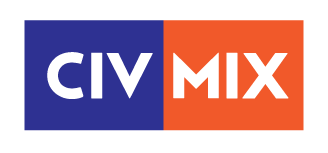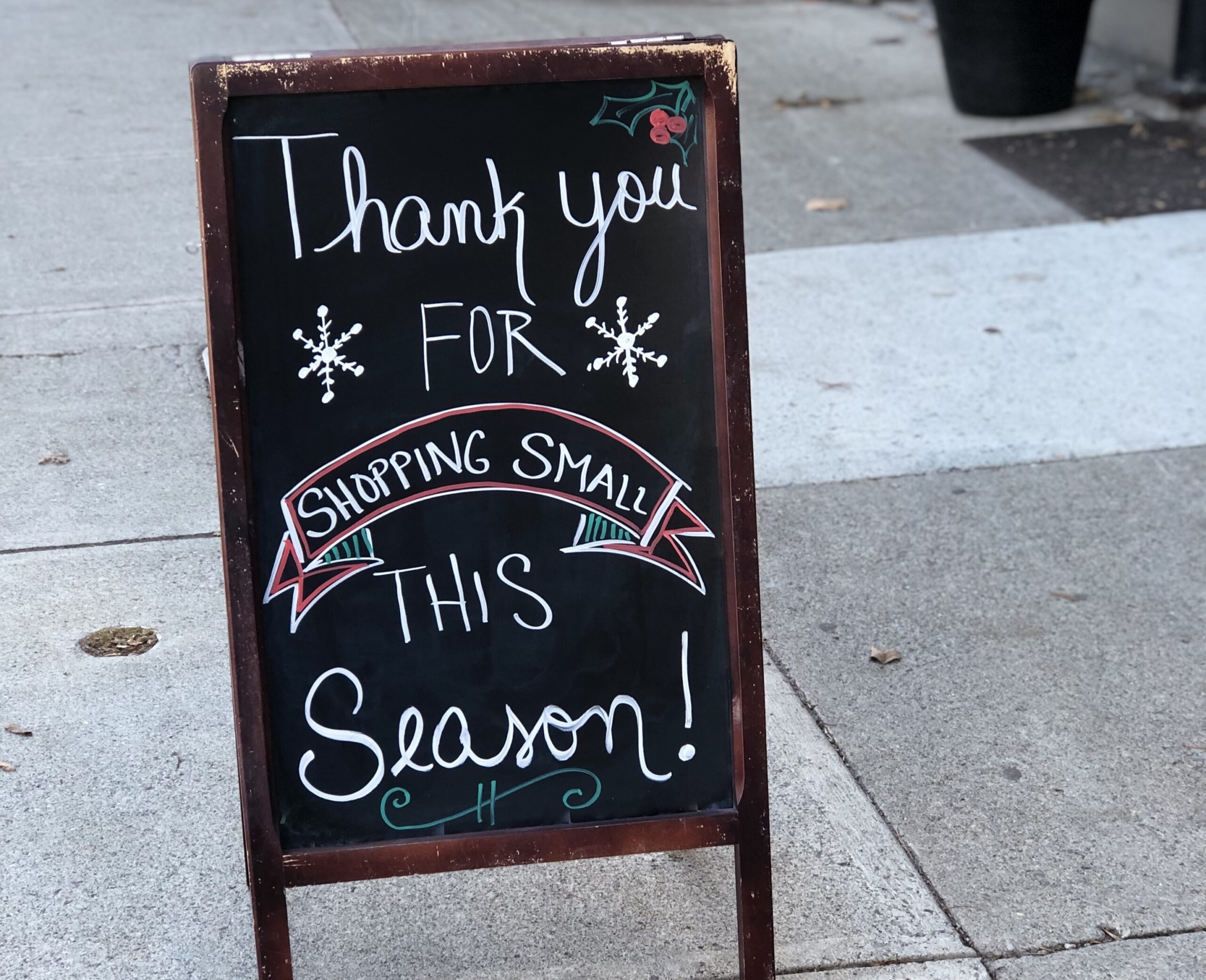Laying down. Eating snacks. Saving up to 3 lives.
There are a lot of perks to donating blood!
I’m a regular whole blood donor and donate every 56 days when I am cleared to get pricked again.
I’ve been donating for over ten years now – even during the pandemic and post-COVID vaccinations – and have the 6 gallon pin to prove it (each whole blood donation is a pint, so 8 pints/donations equals a gallon).
I was shocked to learn that only 3 out of every 100 Americans donate blood.
You do not need to know your blood type to donate, although you will find out what blood type you are post-donation. I am 0+ and type 0 blood donors, both negative and positive, are always needed to keep up with hospital demand.
Why? Because 0 is the most common blood type and because type 0- blood is the universal blood type needed for emergency transfusions and for immune deficient infants.
About 45% of Caucasians are type 0, but 51% of African-Americans and 57% of Hispanics are type 0. Some patients, like those with sickle cell disease, require an even closer blood type match than the main blood types. To help avoid transfusion-related complications, a patient is more likely to find the most comparable blood match from a donor of the same race or ethnicity. Thus, it’s critical for a diverse group of blood donors to help meet the constant need for blood.
Aside from blood types, there may be certain aspects unique to your blood that make it even more valuable. From donating, I found out that my blood is negative for Cytomegalovirus (CMV), which is a generally harmless virus to adults, but can be fatal to babies. With CMV present in up to 85% of adults by age 40, my blood is pretty valuable to babies who need a transfusion.
Pretty cool, right?
We each have something inside our body that no lab or factory can make. And with less than an hour of our time, we can share that valuable self-producing resource and save up to three lives with just a pint of it!
Now that you know why you should donate, let’s move along to signing you up.

Are you eligible?
The Red Cross doesn’t take everyone’s blood. They must make sure it is safe for donors to give, and safe for recipients to receive.
You can check out the blood donor eligibility guidelines to see if your can donate.
And just because you were unable to donate in the past because of a recent tattoo, piercing, medicine, or overseas trip, I encourage you to check again. The Red Cross is always updating their guidelines based on current research.
Schedule your appointment
The Red Cross has a great app where you can easily schedule your appointment and also complete the Rapid Pass on the morning of your donation. (Don’t worry if you don’t want to download an app, you can do all of this on their website too!).
This pre-donation questionnaire only takes a few minutes and asks you questions to ensure that it is safe for you to donate. It also speeds up the donation process because you do not have to answer the questions at the appointment.
The Donation
When you arrive at your scheduled time, you’ll show your ID or scan your donor card. If you completed the Rapid Pass, you will not need to read the pre-donation materials, as you already did that beforehand.
Once the Red Cross Team Member calls you into a private room, you’ll have a brief health screening, which includes your blood pressure, hemoglobin level (finger prick), temperature, and pulse rate. They will also scan your Rapid Pass so you can move along quickly and get out to the comfy donation chair.
After your health check, you will go to the donation chair where they will begin the blood donation process. A quick pinch and 5 to 10 minutes later you’re headed to the snack table. (If you would like a full run down of the entire process from the Red Cross, click here.)
After the donation, be sure to drink lots of water, avoid alcohol and heavy lifting for 24 hours.

Your Blood’s Journey
On the app, you can track your blood’s journey, as it moves from the donation site, to testing, storage, and then the recipient.
During the journey, your blood will be tested for blood type/Rh, infectious diseases, and the sickle cell trait. You are getting a free and informative health screening in addition to saving lives!
The Red Cross will inform you where your donation was used, which I feel makes the impact of the the donation feel even more powerful. My last donation was sent to Strong Memorial Hospital in Rochester.
And while you’re on the app, tracking your blood through this life-saving process, be sure to make your next donation appointment.
Keep scheduling. That’s how you keep the cycle of giving blood, and saving lives, going.
Interested in something other than a Whole Blood Donation? Take the time to review the Red Cross website and learn about Power Red donations, Platelet donations, and Plasma donations.




